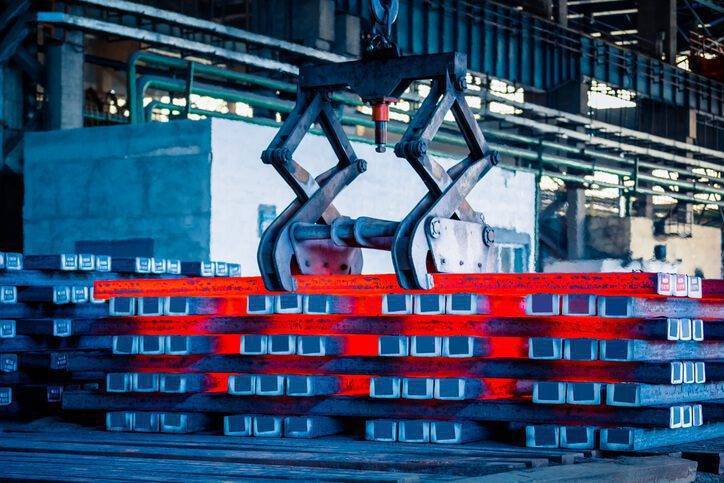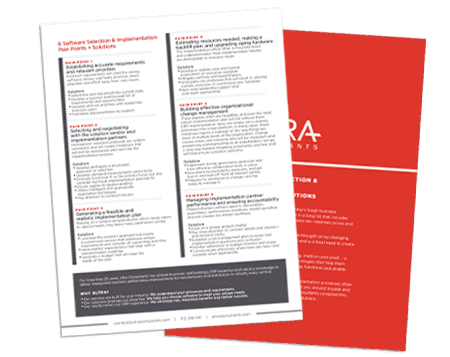Many states have shut down all non-essential businesses – but steel manufacturing is definitely essential. It’s already a challenging industry that requires the right mix of inventory for varied applications, and manufacturers are discovering that they may have too much of one type of steel and not enough of another. COVID-19 social distancing guidelines are also making it harder to produce the amount of steel needed.

Production can’t be shut down overnight. With plants going into reduced production to accommodate split shifts and split crews, along with changing market demands, they have to wind down blast furnaces and idle casters. This has to be done safely and gradually.
Dealing with Changing Market Demands
Reduced production can help to keep workers safe and reduce costs in unpredictable times, but it can also make it difficult to keep up with market demands. Automotive and aerospace orders are dropping, but the need for ventilators is increasing. Manufacturers often are holding on to inventory that is valued significantly less than it was just a few months ago and must sell it at almost fire-sale prices to get the cash infusion necessary to keep running.
Right now, they do have to sell as much from their inventory as possible without losing money. They also must replenish their inventory at the leanest levels so that, when demand does pick up again for automotive, aerospace, and oil and gas orders, they can still supply it, as well as meet the possibly increased need for construction steel as interest rates drop and more people purchase homes or renovate.
The Supply Chain Conundrum
On the flip side of construction picking up is the supply chain problem. A lot of materials for construction steel comes from international suppliers. However, even if ships are able to dock, social distancing guidelines may prevent workers from unloading these ships.
This may not apply to the entire steel industry. For those that supply steel for aerospace and defense, these are considered essential businesses. On that side, the government is going to be probably trying to make sure the steel companies can keep producing or force to keep producing because of that.
Collaborating with Customers to Forecast Demand
Overall, steel manufacturers will need to be more collaborative with customers to understand how their demands are being impacted and what it will mean for the steel company’s inventory.
For example, the demand for automobile hoods may be declining, but ventilator orders are increasing. By keeping in touch with customers and knowing what they’ll be producing, steel companies can meet the demand and still thrive, even in a situation like this.
As circumstances change, that pulse of the customer will be key to coming out of COVID-19 shutdowns. Looking to customers will help them understand what demands will look like and what will need to be in stock and available to resume production.
.
Rethinking Technology and Business Processes to Emerge from COVID-19
One critical piece of being able to balance current and future demand in the steel industry is technology. As manufacturers run with leaner inventories and work around split scheduling, they’ll also be looking for ways they can ramp up once stay at home orders are lifted.
It may seem counterintuitive to look at spending on a technology stack right now, but the solutions available can help create ROI and forecast demand better, resulting in solid numbers to fuel decision making.
It’s not necessarily doing what’s necessary to survive; it’s being able to look at how much inventory can be reduced by using the right tools, then translating the inventory reduction into a dollar amount and planning how to transition operations to keep up with demand for a different type of steel. That means being able to optimize procurement, source alternative materials and from alternative suppliers if necessary, handle supply disruptions, engage in inbound and outbound logistics planning, and more.
As the steel industry undergoes this massive shift, Ultra Consultants is available to help. We’ve been working with manufacturers for decades and understand the unique challenges they face and can provide the business process improvement and ERP technology guidance they need to get through these difficult times.
.

6 SOFTWARE SELECTION & IMPLEMENTATION PAIN POINTS + SOLUTIONS
Software selection and implementation processes often present challenges of their own. To steer you around trouble and help you drive success, Ultra’s experts compiled a list of pain points and solutions to be aware of as you embark on this journey.






